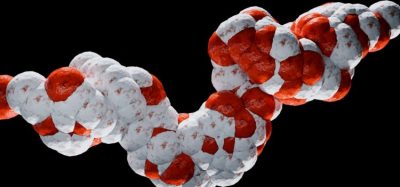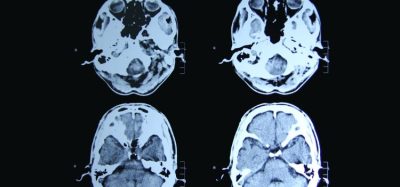Takeda investigational drug shows efficacy in narcolepsy
If approved, the oral medicine could provide a first-in-class treatment option for eligible individuals with the chronic 24-hour disease.
New Phase IIb trial data has shown promising potential for Takeda’s oral orexin receptor 2 (OX2R)-selective agonist in narcolepsy type 1 (NT1).
The findings, published in the New England Journal of Medicine, show that oveporexton (TAK-861) significantly improved disease severity, and enabled participants to attain levels of wakefulness of nearly normal ranges.
This treatment is designed to address the underlying orexin deficiency in the chronic neurological condition, according to Takeda.
Key results from Takeda’s Phase IIb narcolepsy trial
Notable findings from the TAK-861-2001 study included:
- Substantial improvement in wakefulness, with mean sleep latency measured on the Maintenance of Wakefulness Test (MWT) showing values consistent with those of healthy individuals
- Significant reductions in the measurement of excessive daytime sleepiness (EDS), as well as reductions in cataplexy events (sudden loss of muscle tone)
- These observations were noted across all doses compared to placebo over eight weeks.
Restoring orexin signalling with Takeda’s oveporexton
“Our Phase IIb results suggest that restoring orexin signalling has the potential to help people with narcolepsy type 1 achieve near normal ranges of wakefulness as seen in healthy individuals”
“Oveporexton is the leading investigational orexin receptor 2 agonist designed to address the underlying pathophysiology of NT1. The supporting data from Takeda’s Phase IIb trial demonstrated clinically meaningful improvements across the full spectrum of symptoms impacting people with NT1,” explained principal investigator Dr Yves Dauvilliers, Director, Sleep-Wake Disorders Center, Department of Neurology, Gui de Chauliac Hospital, Montpellier, France.
“Our Phase IIb results suggest that restoring orexin signalling has the potential to help people with narcolepsy type 1 achieve near normal ranges of wakefulness as seen in healthy individuals while also positively impacting the broader spectrum of the disease,” stated Dr Sarah Sheikh, MSc, BM, BCh, MRCP, Head of the Neuroscience Therapeutic Area Unit and Global Development at Takeda.
Oveporexton is the first orexin agonist in Phase III trials, Takeda shared. A data readout is expected later in 2025.










